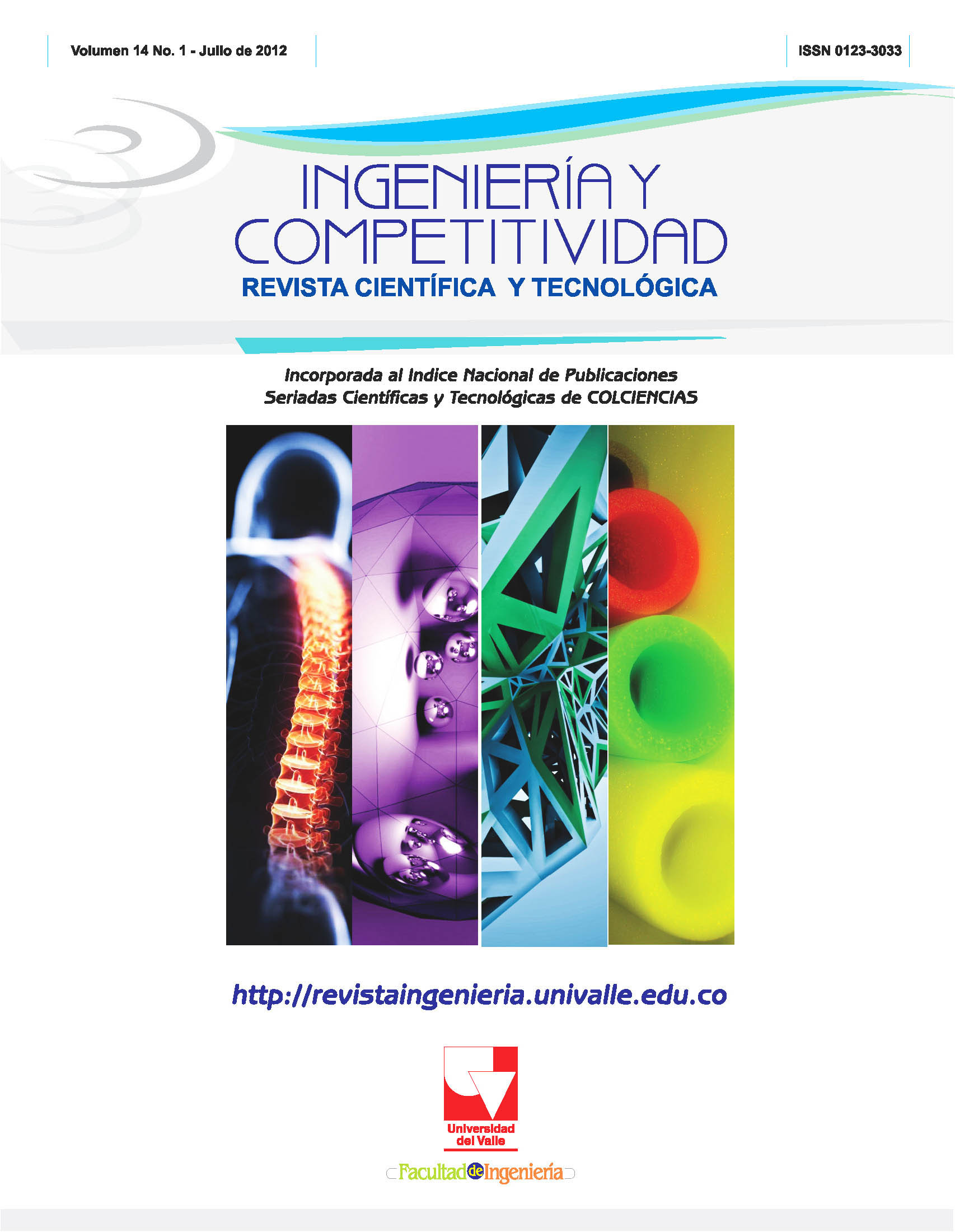Uso de la Teoría de Solución de Problemas Inventivos (TRIZ) en el análisis de productos de apoyo a la movilidad para detectar oportunidades de innovación
Contenido principal del artículo
Se presenta una estrategia para detectar oportunidades de innovación en el diseño de productos de apoyo a la movilidad con la aplicación de las Leyes de Evolución de los Sistemas Técnicos. Estas leyes están enunciadas en laTeoría de la Solución de Problemas Inventivos: TRIZ. Los productos de apoyo pertenecen a la Clase 12 dentro de lanorma UNE-EN ISO 9999 y el análisis se hace en forma conjunta con ingenieros y diseñadores. El estudio propone una forma novedosa de modelar los productos de apoyo como un sólo sistema hombre-máquina. Los resultadosencontrados muestran oportunidades de innovación en: los sistemas de transmisión, el control del sistema, el mejoramiento del sistema de frenado, el aprovechamiento energético, la mejora en los niveles de accesibilidad del sistema al medio, y el acople usuario-dispositivo.
- Innovación tecnológica
- Leyes de Evolución Técnica
- Productos de apoyo
- Trabajo multidisciplinar
- TRIZ.
1.
Aguilar-Zambrano JA, Valencia MV, Martínez MF, Quiceno CA, Sandoval CM. Uso de la Teoría de Solución de Problemas Inventivos (TRIZ) en el análisis de productos de apoyo a la movilidad para detectar oportunidades de innovación. inycomp [Internet]. 15 de enero de 2012 [citado 14 de diciembre de 2025];14(1):137-51. Disponible en: https://revistaingenieria.univalle.edu.co/index.php/ingenieria_y_competitividad/article/view/2644
Descargas
Los datos de descargas todavía no están disponibles.
Los autores que publican en esta revista están de acuerdo con los siguientes términos:
Los autores ceden los derechos patrimoniales a la revista y a la Universidad del Valle sobre los manuscritos aceptados, pero podrán hacer los reusos que consideren pertinentes por motivos profesionales, educativos, académicos o científicos, de acuerdo con los términos de la licencia que otorga la revista a todos sus artículos.
Los artículos serán publicados bajo la licencia Creative Commons 4.0 BY-NC-SA (de atribución, no comercial, sin obras derivadas).





